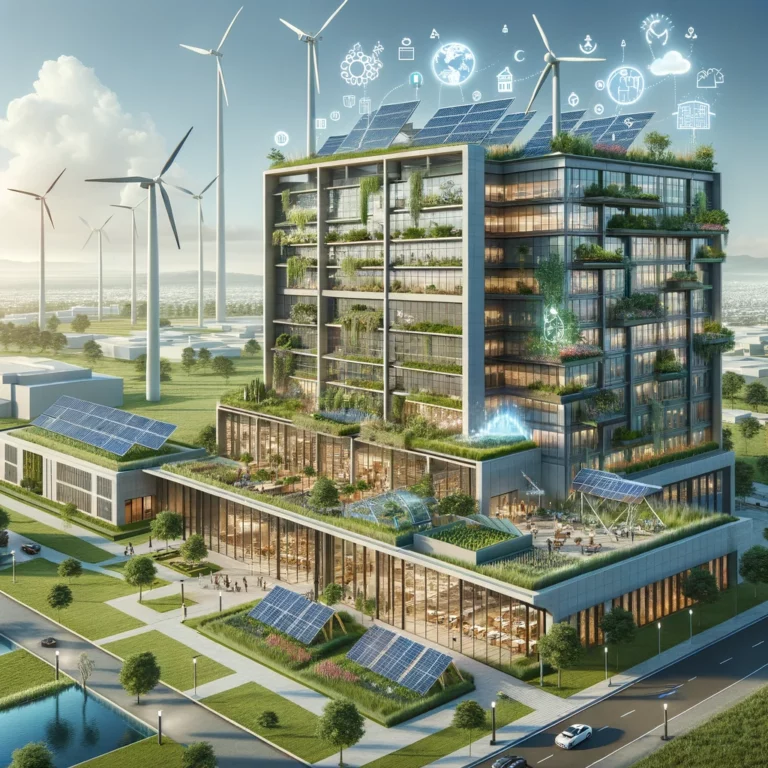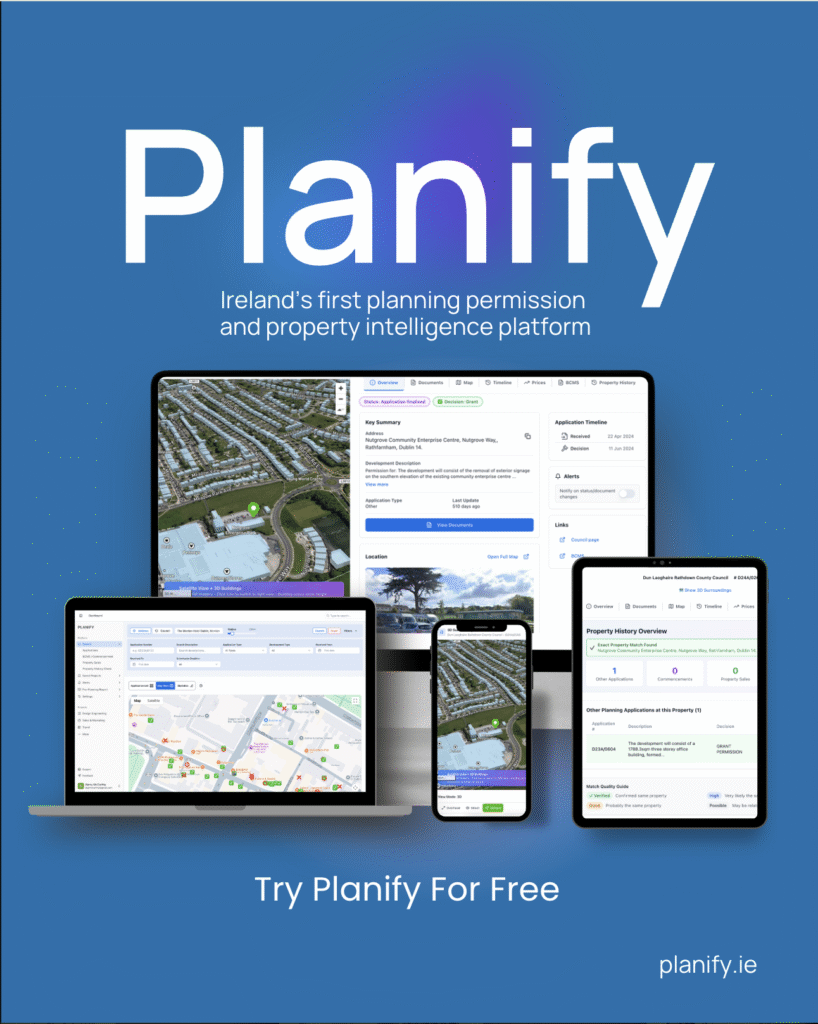Environmental and Sustainability for Commercial Projects

Introduction
When considering a commercial project and seeking planning permission, environmental and sustainability factors play a crucial role in the decision-making process. These factors not only influence the project’s approval but also its long-term viability and impact on the community and the environment. Here, we delve into six key environmental and sustainability considerations that developers and stakeholders should account for in the planning stages of a commercial project.
Energy Efficiency and Renewable Energy Sources
Energy efficiency is a cornerstone of sustainable development. Commercial projects should aim to minimise energy consumption through efficient design, including the use of insulation, energy-efficient lighting, and heating, ventilation, and air conditioning (HVAC) systems. Incorporating renewable energy sources, such as solar panels or wind turbines, can further reduce the carbon footprint of the development and ensure a sustainable energy supply. Planning permissions increasingly require evidence of how projects will adhere to energy efficiency standards and incorporate renewable energy solutions.
Water Management and Conservation
Water conservation is another critical aspect of sustainable commercial development. Projects should incorporate strategies for reducing water usage, such as low-flow fixtures and water-efficient landscaping. Rainwater harvesting systems can be implemented to collect and reuse rainwater for non-potable purposes, reducing the demand on local water resources. Sustainable urban drainage systems (SUDS) are also important for managing stormwater runoff, preventing flooding, and protecting local waterways from pollution.
Sustainable Materials and Construction Practices
The choice of materials and construction practices can significantly impact the environmental footprint of a commercial project. Sustainable materials are those that are non-toxic, renewable, or recycled, and have a lower environmental impact over their lifecycle. The construction process should aim to minimise waste and pollution, incorporating recycling and responsible waste management practices. Planning applications may need to detail the materials to be used and how construction practices will mitigate environmental harm.
Green Space and Biodiversity
Integrating green spaces into commercial developments not only enhances aesthetic appeal but also supports biodiversity and provides essential ecosystem services. Landscaping should prioritise native plant species that require less water and maintenance and support local wildlife. Green roofs and walls can offer additional green space, improve air quality, and reduce the urban heat island effect. Planning permissions may require assessments of how the project will impact local biodiversity and measures to mitigate any negative effects.
Transportation and Accessibility
Sustainable transportation planning is essential to reduce the environmental impact of commercial developments. This includes considering the accessibility of the site by public transport, walking, and cycling, and providing adequate facilities for these modes of transport, such as bicycle parking and showers. Encouraging the use of sustainable transport options can reduce traffic congestion, air pollution, and greenhouse gas emissions. Planning applications should detail how the development will integrate with and support sustainable transportation infrastructure.
Climate Change Adaptation and Resilience
Commercial developments must be designed with climate change adaptation and resilience in mind. This involves considering the future impacts of climate change, such as increased frequency of extreme weather events, and ensuring that the development is resilient to these changes. Measures may include flood-resistant design, the use of heat-resistant materials, and landscaping that provides natural cooling. Planning permissions increasingly require evidence of how developments are prepared for and will adapt to the impacts of climate change.
Conclusion
Environmental and sustainability factors are integral to the planning and approval process for commercial projects. By prioritising energy efficiency, water conservation, sustainable materials, biodiversity, sustainable transportation, and climate resilience, developers can create projects that are not only more likely to receive planning permission but also contribute positively to the environment and the community in the long term.




